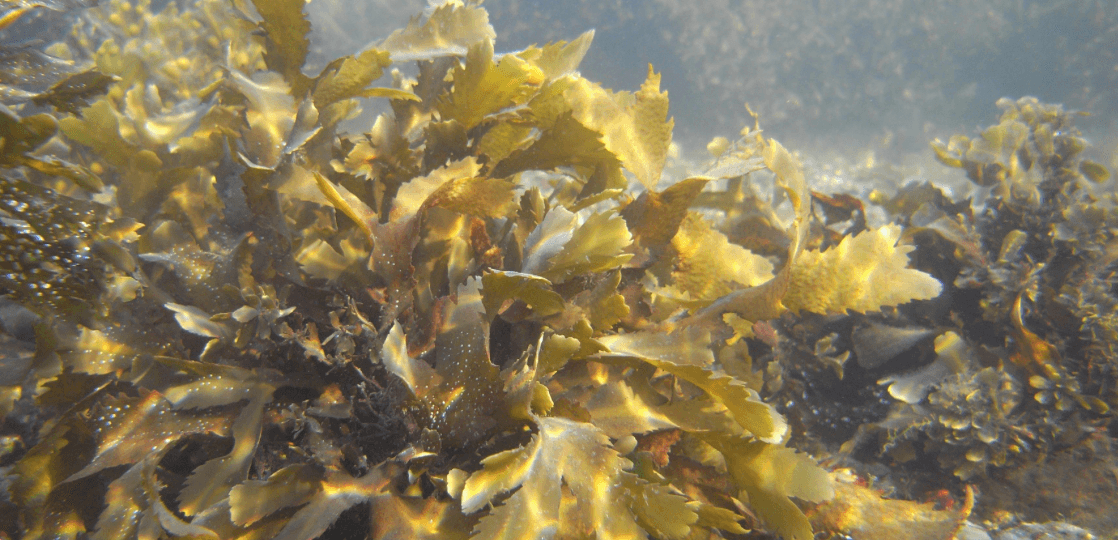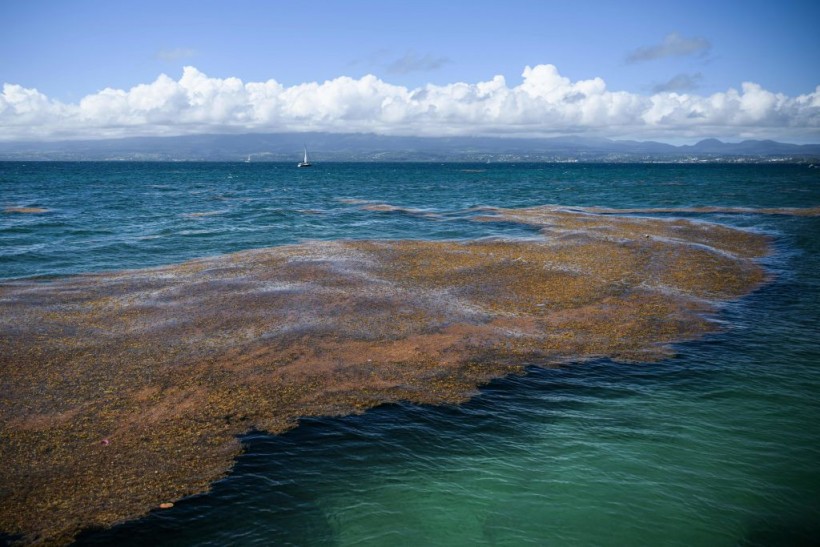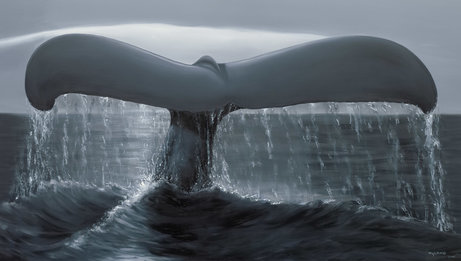
Ocean acidification is a process that occurs when carbon dioxide (CO2) dissolves in seawater, lowering its pH and making it more acidic. This process is mainly driven by the increasing emissions of CO2 from human activities, such as burning fossil fuels and deforestation. Ocean acidification is expected to almost triple by the end of the century, reaching levels that have not been seen for millions of years. It has profound effects on marine life, especially on organisms that have calcium carbonate shells or skeletons, such as corals, mollusks, and some plankton. However, ocean acidification also affects other marine organisms, such as seaweeds, which are algae that grow in coastal waters and provide food and shelter for many other marine species.
How ocean acidification affects fleshy seaweeds

Fleshy seaweeds are a type of seaweed that have soft and flexible tissues, unlike calcified seaweeds that have hard and rigid structures.
They are ecologically important because they form vertical habitats that increase the complexity and diversity of coastal ecosystems. Moreover, these fleshy seaweeds are also economically important because they are used for human consumption, animal feed, biofuel, and pharmaceuticals. To understand how ocean acidification affects fleshy seaweeds, a team of marine scientists from Sweden conducted an experiment with a common fleshy seaweed species called Fucus vesiculosus, also known as bladderwrack. They grew this seaweed in water treated with dissolved CO2 for 90 days, simulating the acidification levels expected by the year 2100. They then compared the growth, photosynthesis, chemical composition, structure, strength, and survival of this seaweed with those grown in non-acidified water.
The results showed that ocean acidification had mixed effects on Fucus vesiculosus. On one hand, the seaweed grown in acidified water had higher growth rates, higher photosynthetic efficiency, and lower drag (resistance to water flow) than the seaweed grown in non-acidified water. These effects could be beneficial for the seaweed in terms of productivity and resilience to wave action. On the other hand, the seaweed grown in acidified water had lower thallus strength (the ability to withstand mechanical stress), lower tissue density (the amount of biomass per unit volume), higher porosity (the amount of space between cells), and lower concentrations of calcium and magnesium (essential elements for structural integrity) than the seaweed grown in non-acidified water.
These effects could be detrimental for the seaweed in terms of vulnerability to breakage, detachment, grazing, and infection. The researchers also found that the seaweed grown in acidified water had higher mortality rates than the seaweed grown in non-acidified water. This suggested that ocean acidification could reduce the survival chances of fleshy seaweeds in the long term.
Also Read: Want Greehouse Gas-Free Livestock? Feed Them Seaweeds
Implications for coastal ecosystems
The findings of this study indicated that ocean acidification could have drastic effects on fleshy seaweeds and their associated coastal ecosystems. Fleshy seaweeds are important for maintaining biodiversity, nutrient cycling, carbon sequestration, and coastal protection.
If ocean acidification weakens their structure and reduces their survival, it could lead to a loss of seaweed coverage and a decline of ecosystem services Moreover, ocean acidification could affect the interactions between fleshy seaweeds and other marine organisms. For example, ocean acidification could alter the chemical cues that fleshy seaweeds use to attract or repel herbivores, predators, parasites, or symbionts.
Ocean acidification could also affect the competition between fleshy seaweeds and other algae or plants for light and space. Therefore, ocean acidification poses a serious threat to fleshy seaweeds and their role in coastal ecosystems. The researchers suggested that more studies are needed to understand how ocean acidification affects different species of fleshy seaweeds and how they can adapt to changing environmental conditions. They also recommended that management strategies are implemented to reduce CO2 emissions and protect fleshy seaweeds from other stressors such as pollution, overfishing, and invasive species.
<iframe width=”560″ height=”315″ src=”https://www.youtube.com/embed/fgBozLCGUHY?si=ZerY3GmyYSvFR5Ss” title=”YouTube video player” frameborder=”0″ allow=”accelerometer; autoplay; clipboard-write; encrypted-media; gyroscope; picture-in-picture; web-share” allowfullscreen></iframe>
